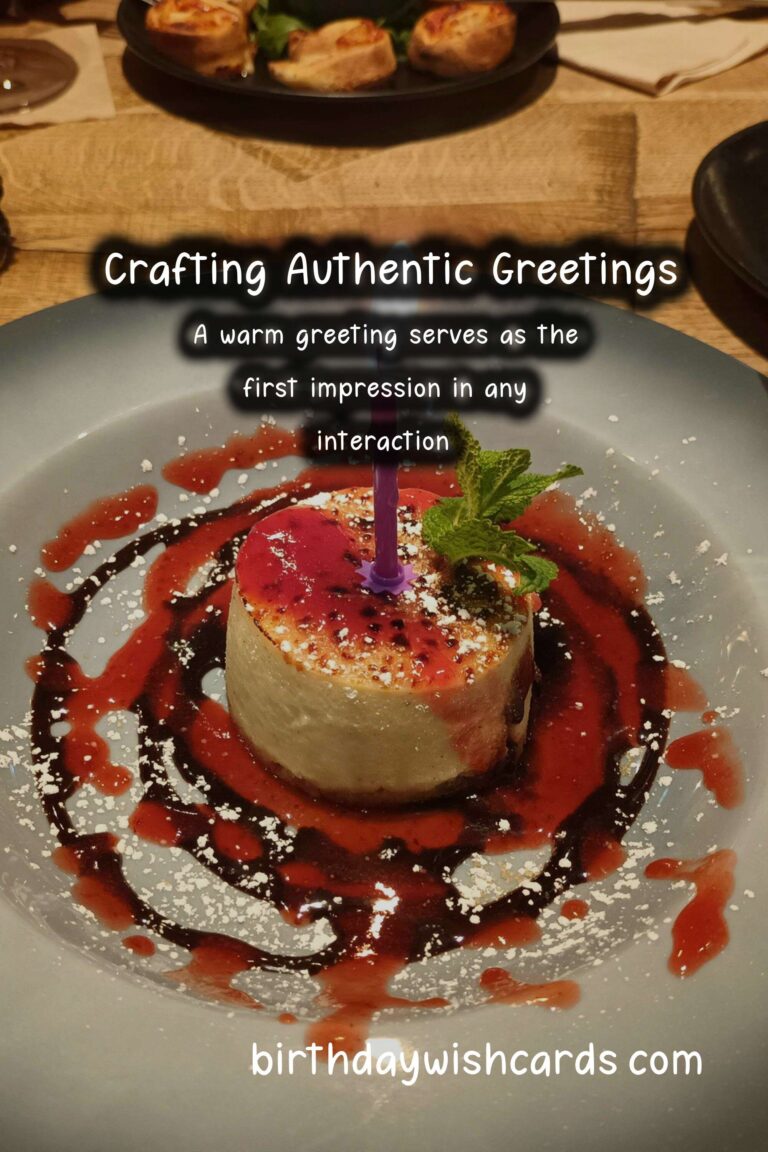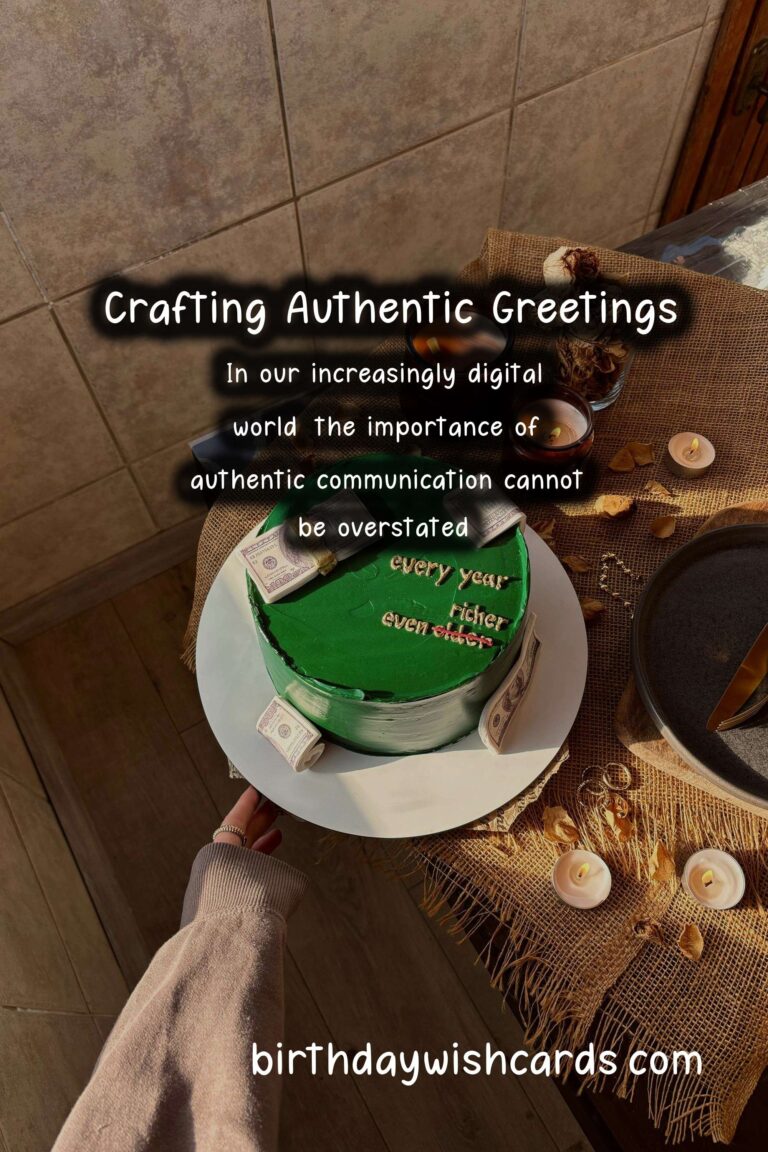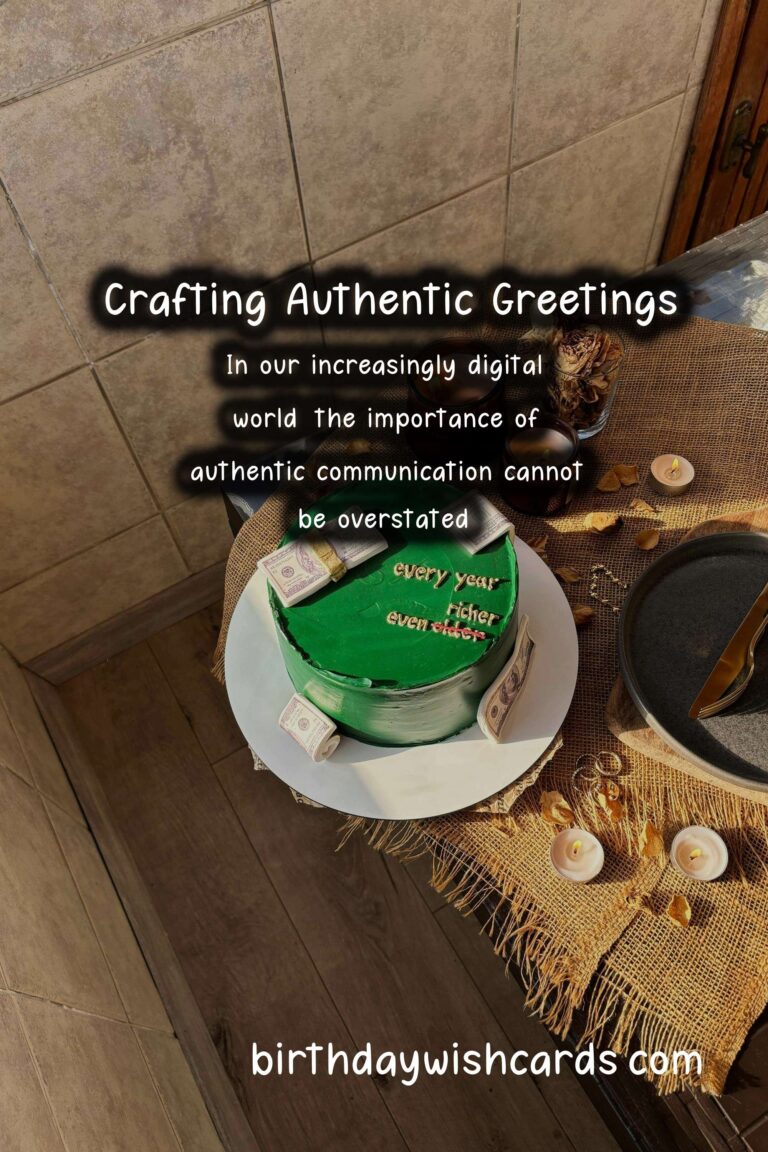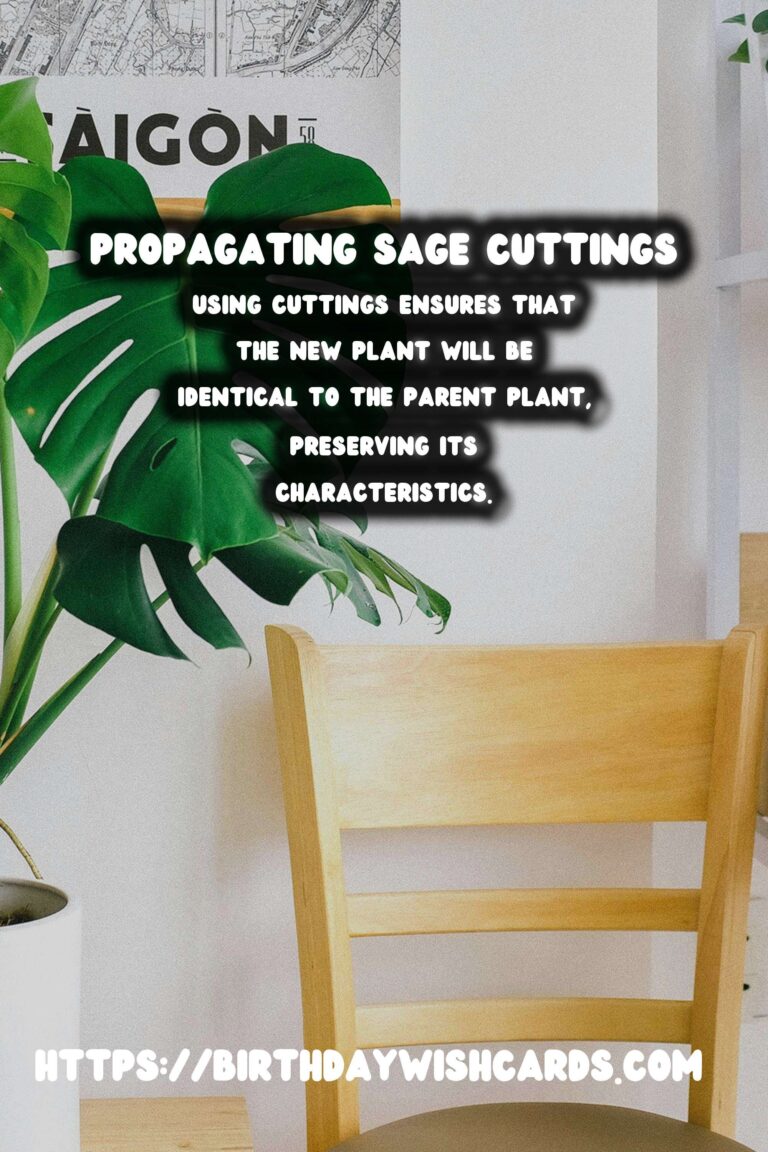
In our increasingly digital world, the importance of authentic communication cannot be overstated. Whether you are reaching out to friends, colleagues, or customers, warm greetings play a central role in establishing rapport and conveying sincerity.
Understanding the Importance of Warm Greetings
A warm greeting serves as the first impression in any interaction. It sets the tone for the conversation and can significantly affect how the other person feels. Authenticity in a greeting creates an emotional connection, making individuals feel valued and respected.
The Components of an Authentic Greeting
1. Personal TouchUsing the person’s name in your greeting can make it more personal and engaging. It shows you recognize them as an individual rather than just a number.
2. Positive Body LanguageWhen delivering a greeting face-to-face, your body language complements your words. A warm smile, eye contact, and an open posture convey friendliness.
3. Genuine EmotionYour tone of voice matters. A friendly and warm tone, rather than a monotonous or rushed one, expresses your true feelings better.
Types of Warm Greetings
There are various types of warm greetings tailored to different contexts. Here are some effective ones:
1. Casual Greetings
These are typically used among friends or peers. Examples include:
– Hi! How’s it going?- Hey there! Long time no see!
2. Professional Greetings
In a work environment, keeping it professional while still warm is key. Examples include:
– Good morning, [Name]! I hope you’re having a great day.- Hello, [Name]. It’s lovely to see you!
3. Written Greetings
Whether in emails, messages, or notes, written greetings can also be warm:
– Dear [Name], I hope this message finds you well.- Hi [Name], I was thinking of you and wanted to reach out!
Tips for Crafting Warm Greetings
Creating warm greetings that resonate involves a few key strategies:
1. Tailor Your Greeting
Consider the relationship you have with the person and adjust your greeting accordingly. The more personalized the greeting, the warmer it feels.
2. Be Mindful of Context
Adjust your tone and wording based on the situation. Understanding the context—formal, casual, or conversational—will guide your choice of greeting.
3. Embrace Empathy
Putting yourself in the other person’s shoes can help you craft a greeting that acknowledges their feelings or situation, adding a level of warmth.
4. Practice Active Listening
When someone responds to your greeting, listen actively. Show that you care by following up and engaging in the conversation that follows.
Avoiding Common Pitfalls
While crafting warm greetings, be aware of common mistakes to avoid:
1. Generic Greetings
Avoid overly generic phrases that lack personal touch. Modify your greetings to show that you’ve put thought into them.
2. Rushed Greetings
Hurrying through a greeting can make it seem insincere. Take your time to connect with the person genuinely.
3. Disconnected Communication
In digital communication, ensure your words reflect warmth. Emojis and exclamation marks can help convey friendliness!
Examples of Warm Greetings in Action
Let’s look at some examples:
– “Good afternoon, Sarah! I hope you’re enjoying this beautiful day.”- “Hello, Mr. Thompson! It’s great to be in touch again after so long!”
Final Thoughts
Crafting warm greetings takes practice, but the impact can be profound. By incorporating personalized touches, enhancing your emotional tone, and understanding the situation, you’ll foster genuine connections that matter.
Embrace the power of warm greetings—it’s a small but significant step toward building stronger relationships, both personally and professionally.
In our increasingly digital world, the importance of authentic communication cannot be overstated. A warm greeting serves as the first impression in any interaction. 









#WarmGreetings #AuthenticCommunication




